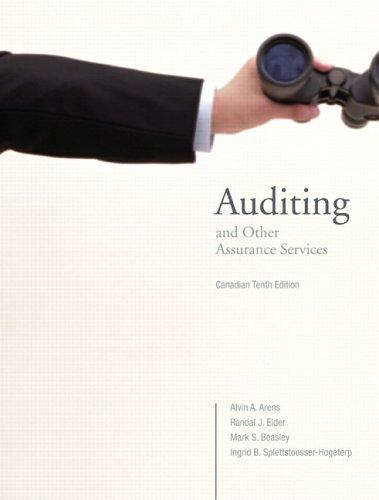Question
Amortize Discount by Interest Method On the first day of its fiscal year, Ebert Company issued $28,000,000 of 5-year, 10% bonds to finance its operations.
Amortize Discount by Interest Method On the first day of its fiscal year, Ebert Company issued $28,000,000 of 5-year, 10% bonds to finance its operations. Interest is payable semiannually. The bonds were issued at a market (effective) interest rate of 12%, resulting in Ebert receiving cash of $25,939,326. The company uses the interest method. a. Journalize the entries to record the following: 1. Sale of the bonds. Round to the nearest dollar. If an amount box does not require an entry, leave it blank. Cash 25,939,326 Discount on Bonds Payable 2,060,674 Bonds Payable 28,000,000 Feedback Bonds Payable is always recorded at face value. Any difference in issue price is reflected in a premium or discount account. 2. First semiannual interest payment, including amortization of discount. Round to the nearest dollar. If an amount box does not require an entry, leave it blank. Interest Expense Discount on Bonds Payable Cash 1,400,000 Feedback As the discount or premium is amortized, the carrying amount of the bond changes. As a result, interest expense also changes each period. 3. Second semiannual interest payment, including amortization of discount. Round to the nearest dollar. If an amount box does not require an entry, leave it blank. Interest Expense Discount on Bonds Payable Cash 1,400,000 Feedback As the discount or premium is amortized, the carrying amount of the bond changes. As a result, interest expense also changes each period. b. Compute the amount of the bond interest expense for the first year. Round to the nearest dollar. Annual interest paid $ Discount amortized Interest expense for first year $ Feedback To find the interest expense either add any discount amortized or subtract any premium amortized to cash paid to the bondholders. c. Explain why the company was able to issue the bonds for only $25,939,326 rather than for the face amount of $28,000,000. The bonds sell for less than their face amount because the market rate of interest is greater than the contract rate of interest. Investors are not willing to pay the full face amount for bonds that pay a
Step by Step Solution
There are 3 Steps involved in it
Step: 1

Get Instant Access to Expert-Tailored Solutions
See step-by-step solutions with expert insights and AI powered tools for academic success
Step: 2

Step: 3

Ace Your Homework with AI
Get the answers you need in no time with our AI-driven, step-by-step assistance
Get Started


